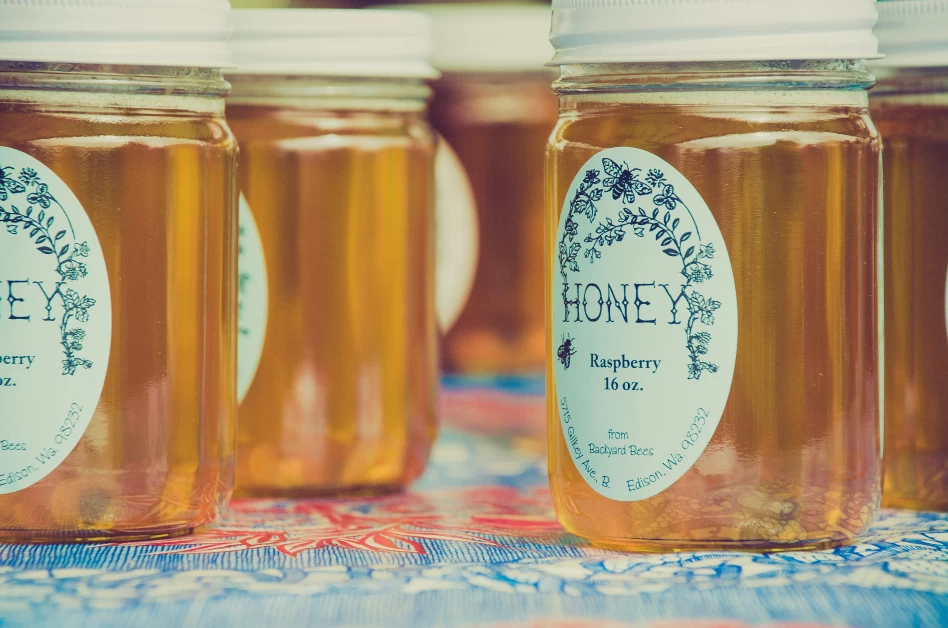Table of Contents
Manuka honey is a unique and highly sought-after type of honey known for its potent health benefits and distinctive flavor profile. One of the key factors that determines the quality and potency of Manuka honey is its MGO (Methylglyoxal) rating. In this article, we will explore the meaning of MGO in Manuka honey and how it impacts its taste and benefits.
What is Manuka Honey?
Manuka honey is produced by bees that feed on the nectar of the Manuka tree (Leptospermum scoparium), which is native to New Zealand and Australia. The honey derived from this nectar has been used for centuries by the indigenous Māori people for its medicinal properties.
Understanding MGO in Manuka Honey
MGO, or Methylglyoxal, is a naturally occurring compound found in Manuka honey. It is responsible for many of the honey’s unique properties, including its antibacterial and antioxidant effects. The MGO content in Manuka honey is what sets it apart from other types of honey.
The Meaning of MGO Rating in Manuka Honey
The MGO rating indicates the concentration of Methylglyoxal in Manuka honey. It is measured in milligrams per kilogram (mg/kg) or parts per million (ppm). The higher the MGO rating, the greater the concentration of Methylglyoxal in the honey.
Here is a breakdown of the MGO ratings commonly found in Manuka honey:
- MGO 30+: This is the lowest MGO rating and is considered a mild level of activity.
- MGO 100+: This rating indicates a medium level of activity.
- MGO 250+: This is a high level of activity and is associated with stronger health benefits.
- MGO 400+: This is a very high level of activity and is considered superior in terms of health benefits.
- MGO 550+: This is an extremely high level of activity and is the most potent and beneficial form of Manuka honey.
How Does MGO Affect the Taste of Manuka Honey?
The MGO rating of Manuka honey can also influence its taste profile. Generally, the higher the MGO rating, the more intense and robust the flavor of the honey. Manuka honey with a higher MGO rating often has a rich, caramel-like taste with floral undertones. It can be slightly bitter, especially at higher MGO levels.
The Benefits of Manuka Honey with Higher MGO Ratings
Manuka honey with higher MGO ratings is prized for its potent antibacterial and antioxidant properties. The higher concentration of Methylglyoxal in these honeys enhances their therapeutic benefits. Here are some of the key benefits associated with Manuka honey with higher MGO ratings:
-
Antibacterial Properties: Methylglyoxal has been found to have powerful antibacterial activity, making Manuka honey effective in combating harmful bacteria, including antibiotic-resistant strains like MRSA.
-
Wound Healing: The antibacterial and anti-inflammatory properties of Manuka honey can aid in wound healing by reducing infection and promoting tissue regeneration.
-
Digestive Health: Manuka honey with higher MGO ratings has been shown to help soothe digestive issues, such as acid reflux and stomach ulcers, due to its antibacterial and anti-inflammatory effects.
-
Immune Support: The antioxidants present in Manuka honey can help boost the immune system and protect against oxidative stress, which is linked to various health issues.
-
Sore Throat Relief: Manuka honey with higher MGO ratings can help soothe a sore throat and alleviate cough symptoms due to its antibacterial and anti-inflammatory properties.
-
Skin Care: The antibacterial and healing properties of Manuka honey make it beneficial for treating skin conditions, including acne, eczema, and psoriasis.
How to Choose the Right MGO Rating
When selecting Manuka honey, it’s important to consider your specific needs and the desired health benefits. A higher MGO rating indicates a higher concentration of Methylglyoxal and stronger therapeutic effects. However, it’s worth noting that higher MGO-rated Manuka honey is generally more expensive.
For general health maintenance and everyday use, a Manuka honey with an MGO rating of 100+ or 250+ should be sufficient. If you are looking for more potent health benefits or targeted therapeutic use, you may opt for a higher MGO rating, such as 400+ or 550+.
Conclusion
Manuka honey is a unique and highly beneficial type of honey known for its Methylglyoxal content. The MGO rating indicates the concentration of Methylglyoxal in the honey and influences its taste and therapeutic effects. Higher MGO-rated Manuka honey offers stronger antibacterial and antioxidant properties, making it more effective for various health conditions. When choosing Manuka honey, consider your specific needs and the desired health benefits to select the right MGO rating for you.
For more information on Manuka honey, its benefits, and how to incorporate it into your daily routine, visit https://aboutmanukahoney.com.



